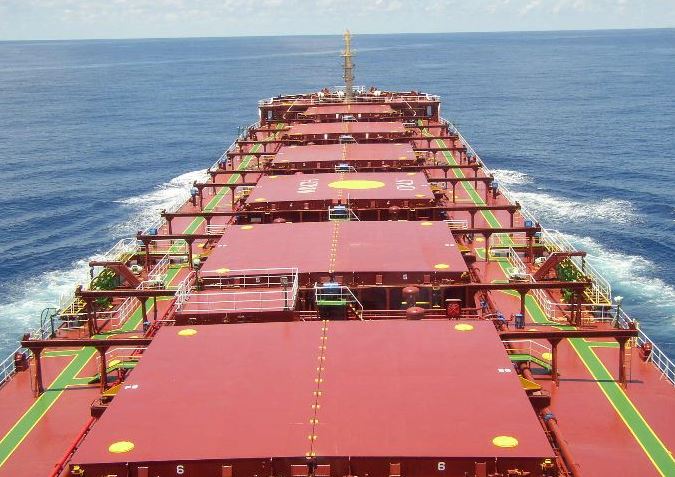In an article by By ALAN R. ELLIOTT, that appeared in INVESTOR’S BUSINESS DAILY he examines the positioning of Knightsbridge and the anticipation of the expanded Canal next year.
Investors are having a close look at shipping fleets as experts debate whether the industry has bottomed and is looking upslope toward a rebound.
The Baltic Dry Index is often used as an indicator for global dry bulk shipping trades. It gives an average of the daily price for a ship to haul goods including iron ore, coal and grains.
The index has halved its value since January, and it is less than a tenth of its peak in May 2008. In the bigger picture, the Baltic index has been in an uptrend, rising from a low for the past year.
Analysts wrestle over whether the index, which is volatile but generally cyclical, has bottomed. Wobbly demand from China remains the leading wild card, threatening to drag rates lower. But in general, global economies are turning in steadily, if only faintly, improving signs of recovery.
Analysts broadly project increasing demand and pricing strength through the end of next year. They also project most major dry bulk fleets to begin seeing solid returns next year.
DryShips (DRYS) is forecast to turn a 22-cent-per-share profit this year after two years of losses. Analyst consensus estimates a 159% gain next year. Navios Maritime (NM) is expected to narrow losses this year, then climb into a 77-cent-per-share profit in 2015. Forecasts call for Diana Shipping (DSX) to improve to a 23-cent loss this year, then earn 55 cents per share next year. All three fleets are based in Greece.
Bermuda-based Knightsbridge Tankers‘ (VLCCF) fundamentals are the best in the group. Earnings are projected to rise 243% to 48 cents a share this year on a 75% jump in revenue. 2015 EPS are seen rising 177% with a 103% sales surge.
A big part of that strength is new ships. The fleet is set to grow from four to 14 ships in the next two years. All of those ships are capesize vessels, the largest type of dry bulk freighter. The fleet positions Knightsbridge well for next year’s scheduled opening of the widened Panama canal.
The widening will allow capesize carriers to pass through the canal. It is expected to reduce shipping costs significantly and increase demand for U.S. grain exports as well as for western grains moving toward East Coast markets. It is expected to do the same for incoming steel, cement and fertilizers.
The combination points to an increase in demand for dry bulk shipping in general and capesize vessels in particular.

